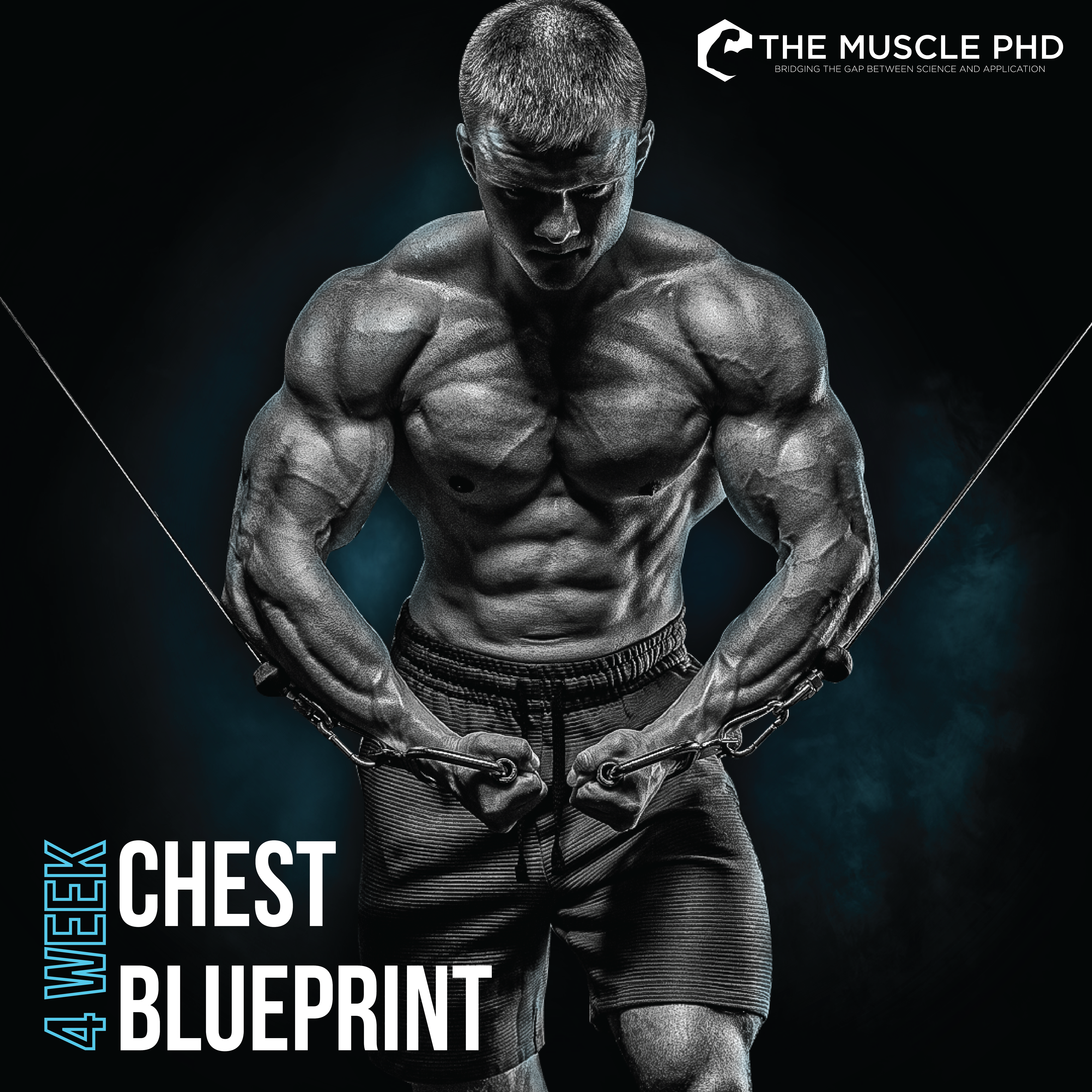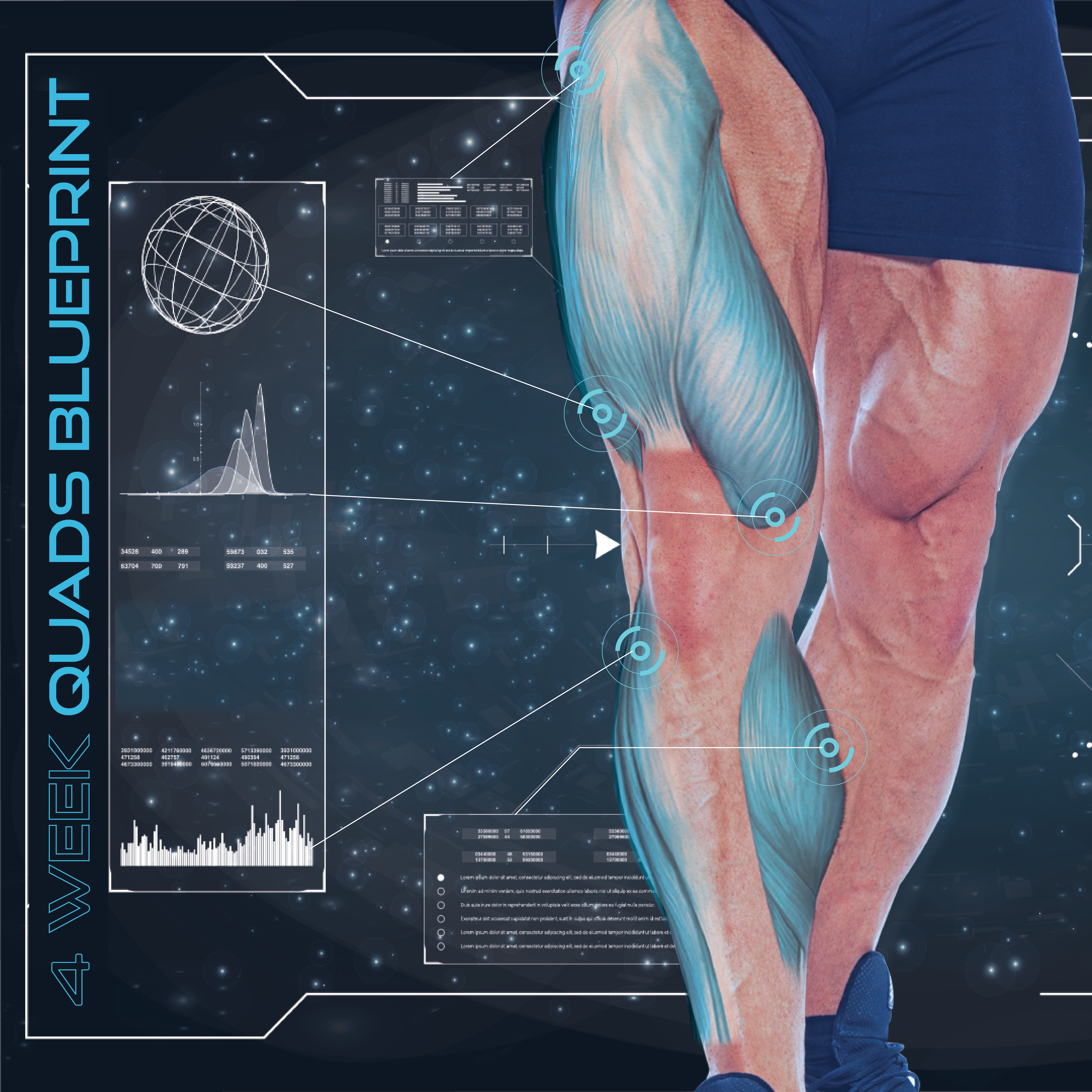Even if you’re a bit skeptical about there being a connection between your mind and your body, you have to admit something–there’s a difference between just going to the gym, doing all the movements, pumps, and sets without even thinking about what you’re doing, and actually going in with a plan in mind, focusing on the specific muscle compartment you want to grow, and doing your pumps with that intent in mind.
It is astronomical.
You might go even further and ask yourself, does the mind control how much the muscle can grow? And if so, how can I control this process? Actually, scientifically, and even realistically, that does happen.
A mind-muscle connection has been proven from a scientific standpoint, as well as a bodybuilding standpoint.
Here’s how it works in your body.
Is There a Mind-Muscle Connection?
The physiological answer to “Is there a mind-to-muscle connection?” would be a resounding YES.
When looking at your brain, the outer region of it, which is called a cortex, has a motor section. What happens when you use your muscles is that the motor cortex sends a signal via your neurons to your spinal cord, and the spinal cord in return sends a signal to your muscle.
Since neurons are your body’s messengers, that means your brain is sending a message to your spinal cord, and your spinal cord sends its message to the muscle fibers to contract. What you need to understand is that this process doesn’t just happen once, it happens numerous times at the same instant. That’s because muscles don’t just have one connection to the brain, they have numerous connections.
How Does Muscle Grow?
Studies show that muscle growth isn’t actually uniform. That’s because your muscles are further divided into segments. Your biceps could have an outer head and an inner head, your quads would have four different heads.
You could have more growth in your bicep’s outer head than the inner head, so your muscles do not grow uniformly.
What does that mean? This means that since there are functional compartments within a muscle, you have the creativity to sculpt your muscle depending on the action you take.
Real-Life Case Study
How do you control which muscles you need to activate? Ben Pakulski proved that what he calls “intent” is what drives muscle activation. Intent is when you focus on the muscle, and activate the main muscle first before anything else.

We hooked Ben up with electrical devices while having him do normal leg extensions. We found that when he focused on the muscle, there was more activation in that targeted muscle than just lifting normally! Keep in mind that we did this study with a professional athlete; a normal lifter might not have the same results, and that’s why we conducted a second study.
We took Ben and compared him to an elite bodybuilder. When they did the same exercise, Ben’s targeted muscle was going up in activity as he went up in weight.
All while the other athlete, who didn’t have much experience with the mind-muscle connection, had more activity in the other muscle groups than the main muscle.
So Ben was able to activate more muscle tissue!
Can You Improve the Mind-Muscle Connection?

You absolutely can improve the mind-muscle connection!
Studies show that there are certain techniques that you can use to enhance the focus on your muscle, thereby increasing that mind-muscle connection.
The easiest one would be to have a training partner. Having them touch the muscle you’re training can help your mind focus more on that area, helping you grow much faster.
Another study is related to your automatic processing. In essence, your normal cognitive control over movement means that you have full control over your actions. Automatic processing, on the other hand, means that you don’t have to think about an action while doing it. For example, dribbling a ball, driving while listening to a podcast, etc.
However, when you’re doing heavy lifts, your body fully operates on your motor skills. When you put your body in conditions of high stress, your body tends to shut off its cognitive processing and activate all your muscle fibers in that state.
What does that mean?
It means that when you lift lighter, around 50%-60% of your 1RM, you let your body enter into that automatic processing state, allowing you to focus more on your target muscle.
However when you’re lifting 80%-90% of your 1RM, your body will fully recruit your muscles to help you lift properly. Your mind would fully activate your muscles, true, but it’s going to fully activate all the other compartments at the same time.
Making the Most of the Mind-Muscle Connection
We’d like to remind you that bodybuilding isn’t all about lifting heavy. Since a lot of what you do revolves around training very frequently, always training heavy just isn’t realistic.
When you have lighter days, focusing on that mind-muscle connection is a great way to maximize your gains. It might be a little bit harder at first, like you’re grasping around air, but as you continue to practice, you’ll be just like Ben Pakulski, able to maximize your gains on a specific muscle.
Finally, if the stress you put on your body is too high, your body will maximally activate all the muscles necessary to pull that weight, inhibiting you from focusing on a specific muscle tissue.
We hope this article helped you visualize how a mind-to-muscle connection works, and implement that into your own workouts!









